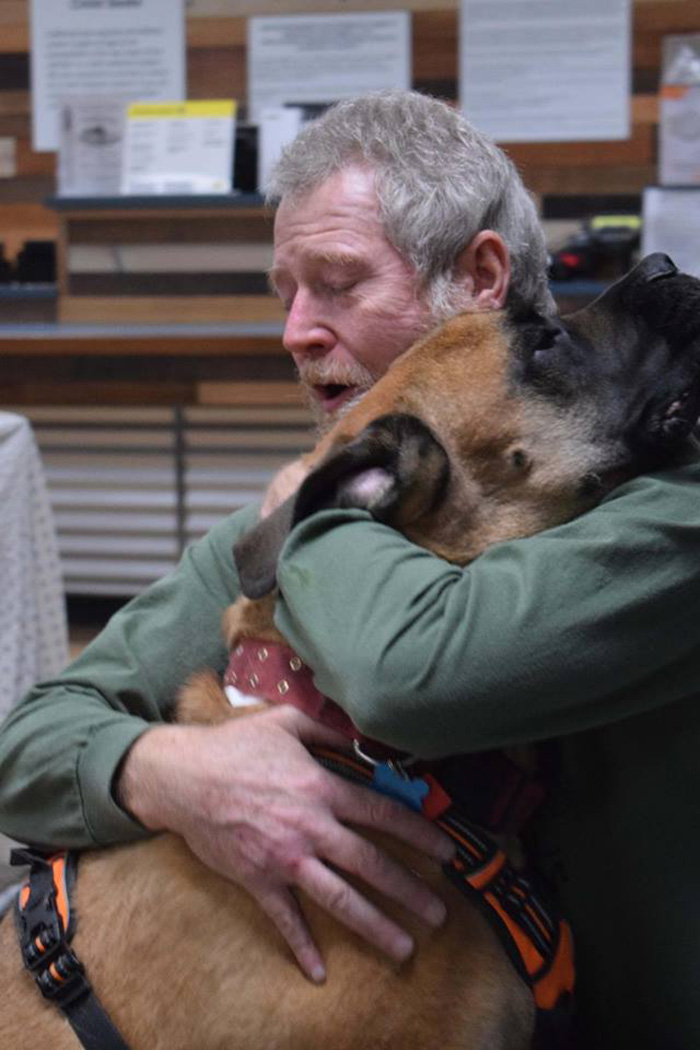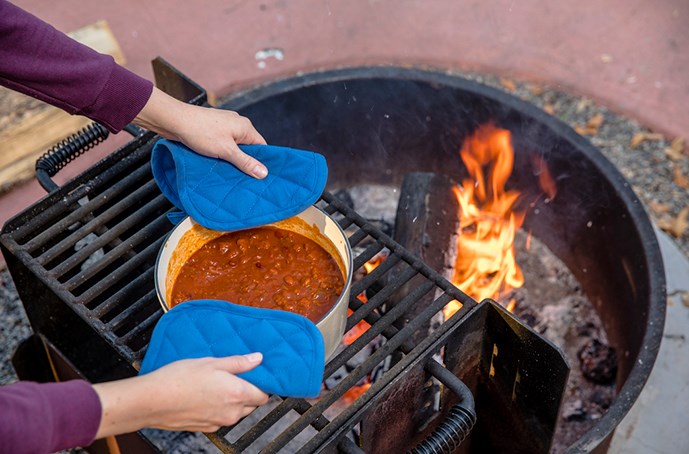

Parents who use a humanistic approach focus on building their children's confidence and competence in a manner that's appropriate to who they (the children) are as human beings. This might apply to a new person in class or the neighborhood, someone of a different religion or race, someone whose first language is different from yours, or any other difference.
#To build a fire dogs perspective how to#
It runs away in the direction of the camp, "where were the other food-providers and fire-providers." Next Section To Build a Fire Video Previous Section About To Build a Fire Buy Study Guide How To Cite in MLA Format Wayne, Teddy. As the night comes, it comes closer and detects death in the man's scent. The dog does not understand why the man is sitting in the snow like that without making a fire. The man falls off into a comfortable sleep. He imagines his friends finding his body tomorrow. He decides he should meet death in a more dignified manner. He falls again, and makes one last panicked run and falls once more. He fights against the thought of his body freezing, but it is too powerful a vision, and he runs again. But his endurance gives out, and finally he falls and cannot rise. He panics and runs along the creek trail, trying to restore circulation, the dog at his heels. The man realizes that frostbite is now a less worrisome prospect than death. But he cannot kill the dog, since he is unable to pull out his knife or even throttle the animal. The dog finally comes forward and the man grabs it in his arms. He calls out to the dog, but something fearful and strange in his voice frightens the dog. The man decides to kill the dog and puts his hands inside its warm body to restore his circulation. He starts the fire, but in trying to protect it from pieces of moss, it soon goes out. He grabs all his matches-seventy-and lights them simultaneously, then sets fire to a piece of bark. His fingers numb and nearly lifeless, he unsuccessfully attempts to light a match.

The man is scared, and sets himself to building a new fire, aware that he is already going to lose a few toes from frostbite. It capsized lower boughs in turn until a small avalanche had blotted out the fire. Each time he pulled a twig, he had slightly agitated the tree until, at this point, a bough high up had capsized its load of snow. Though building a fire in the open would have been wiser, it had been easier for the man to take twigs from the spruce tree and drop them directly below on to the fire. The man unties his icy moccasins, but before he can cut the frozen strings on them, clumps of snow from the spruce tree above fall down and snuff out the fire. He remembers the old-timer from Sulphur Creek who had warned him that no man should travel in the Klondike alone when the temperature was fifty degrees below zero. His feet and fingers are numb, but he starts the fire.

He curses his luck starting a fire and drying his foot-gear will delay him at least an hour. The man continues on and, in a seemingly safe spot, falls through the snow and wets himself up to his shins. He walks along a creek trail, mindful of the dangerous, concealed springs even getting wet feet on such a cold day is extremely dangerous. As it grows colder, he realizes his unprotected cheekbones will freeze, but he does not pay it much attention. The cold does not faze the man, a newcomer to the Yukon, who plans to meet his friends by six o'clock at an old claim. A man travels in the Yukon (near the border of current day Alaska) on an extremely cold morning with a husky wolf-dog.


 0 kommentar(er)
0 kommentar(er)
